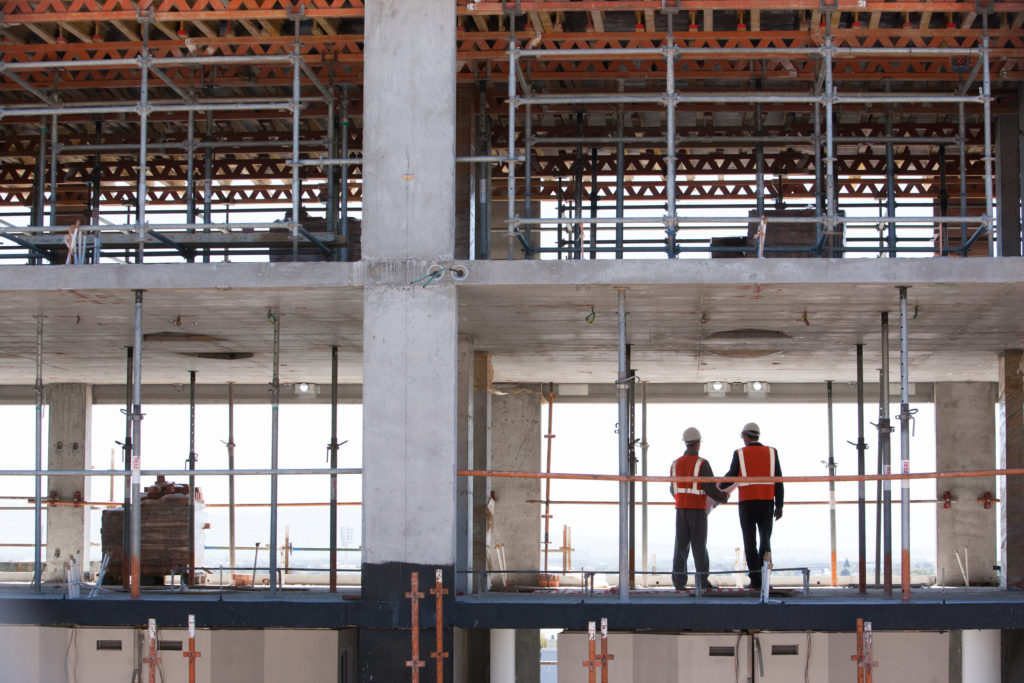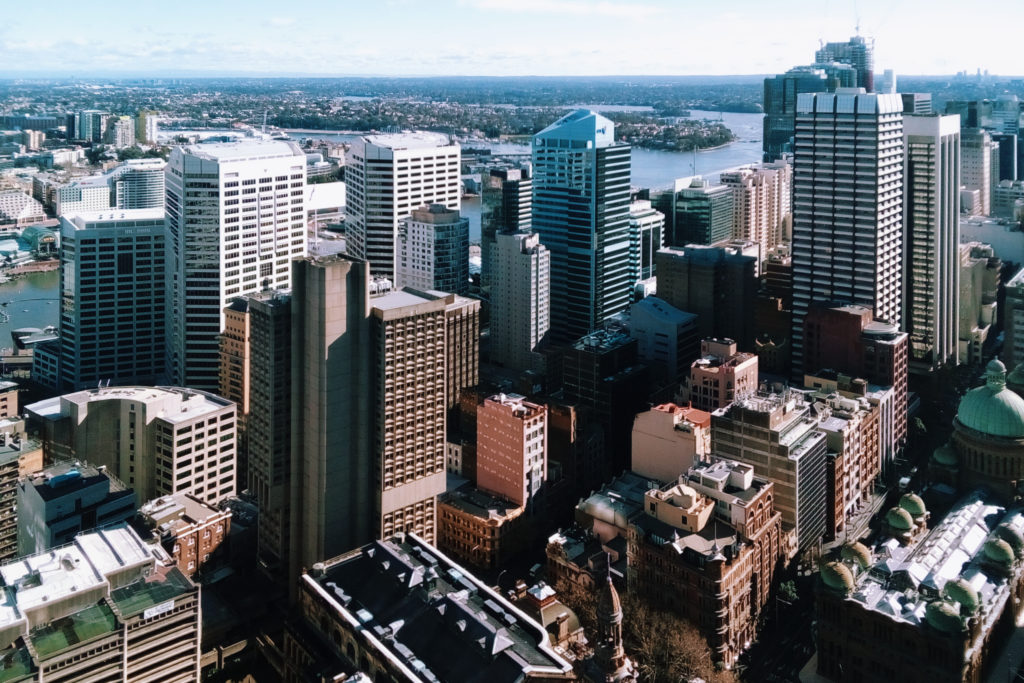We regularly update this report to track the pandemic’s effects on the labour market.
Job postings on Indeed are a real-time measure of labour market activity. On July 30 they were tracking 49.0% ahead of their level on February 1 last year, our pre-pandemic baseline, after adjusting for seasonal trends.
The Australian economy has taken a hit in recent weeks, with both Sydney and Melbourne plunged into hard-lockdown. Melbourne has been in-and-out of lockdown since May, recently emerging once again. Sydney, however, has been in lockdown since late June, with the current lockdown extended until at least August 28.
On July 30, job postings in New South Wales were tracking 47.4% above their level on February 1 last year, compared with 52.5% for Victoria and 49.7% for the rest of Australia. Postings in New South Wales have now fallen 5.3% from their peak in early July.
We’d expect the impact of Sydney’s lockdown to become more evident in the coming weeks. While short-term lockdowns appear to have had little impact on hiring, Victoria’s lengthy lockdown in May and early June triggered a decline in job postings. The current decline in New South Wales has been more modest by comparison.
Ongoing lockdowns are likely to continue until Australia’s vaccine rollout is sufficiently high to protect the nation. Unfortunately, prolonged lockdowns may be the only way that Australia can contain the spread of these recent, and more contagious, COVID variants.
Further moderation at state level
Despite recent lockdowns, job posting levels are still healthy across every state and territory. We’ve seen a recent pick-up in Victoria and Queensland, which has helped to offset fewer job postings in New South Wales and Western Australia.
Among the major states, postings were strongest on July 30 in Western Australia, up 56.7% from its pre-pandemic baseline, ahead of Queensland (+54.0%) and Victoria (+52.5%).
Hiring remains elevated across most occupational groups
Postings across all but a few occupational groups — beauty & wellness, hospitality & tourism and veterinary — are above their pre-pandemic baseline. In other words, there is strong demand for talent across most occupations, whether that be blue-collar or white-collar, low or high wage.
Demand has been strongest for workers in cleaning & sanitation, loading & stocking, logistics support and mathematics. Postings for cleaning & sanitation jobs have tripled their pre-pandemic baseline, while the other three groups have doubled.
Postings for most of the ‘worst performing’ occupations are above last year’s baseline. Occupations in areas such as sales and real estate may be lagging behind the overall recovery but demand for workers remains relatively high.
Postings remain well below pre-pandemic levels in beauty & wellness (-19%), hospitality & tourism (-21.6%) and veterinary (-35.3%). Both beauty & wellness and hospitality & tourism have been among the weakest occupations for job postings throughout the entire pandemic.
Widespread lockdowns continue to weigh on the Australian economy but the impact on hiring activity has so far been modest. We’d expect that to change during August, as the impact of Sydney’s extended lockdown grows. If job postings can remain elevated throughout August then the economy will be well positioned to resume its recovery as Sydney emerges from lockdown.
Methodology
All figures in this blog post are the percentage change in seasonally-adjusted job postings since February 1, 2020, using a seven-day trailing average. February 1 last year is our pre-pandemic baseline. We seasonally adjust each series based on historical patterns in 2017, 2018, and 2019. Each series, including the national trend, occupational sectors, and sub-national geographies, is seasonally adjusted separately.
We adopted this new methodology in January 2021 and now use it to report all historical data. Historical numbers have been revised and may differ significantly from originally reported values. The new methodology applies a detrended seasonal adjustment factor to the percentage change in job postings. In contrast, our previous methodology used the 2019 change between February 1 and the reported date as the adjustment factor, which implicitly included both a seasonality component and the underlying trend.
The number of job postings on Indeed.com, whether related to paid or unpaid job solicitations, is not indicative of potential revenue or earnings of Indeed, which comprises a significant percentage of the HR Technology segment of its parent company, Recruit Holdings Co., Ltd. Job posting numbers are provided for information purposes only and should not be viewed as an indicator of performance of Indeed or Recruit. Please refer to the Recruit Holdings investor relations website and regulatory filings in Japan for more detailed information on revenue generation by Recruit’s HR Technology segment.






